Features of English greenhouses

Many gardeners know what an English greenhouse is. However, this does not mean at all that this design was made specifically in England. It can be made both here in Russia and in any other country, for example, in China. Let's try to figure out what is meant by this concept and what is the peculiarity of this structure.
A bit of history
It is believed that the first greenhouses appeared during the time of the Great Roman Empire. Then the noble patricians preferred to plant rare types of flowers and fruits there. The most revered plant among the aristocracy was the orange. The first greenhouses, where they began to use the stove heating method, appeared in Holland in 1599.
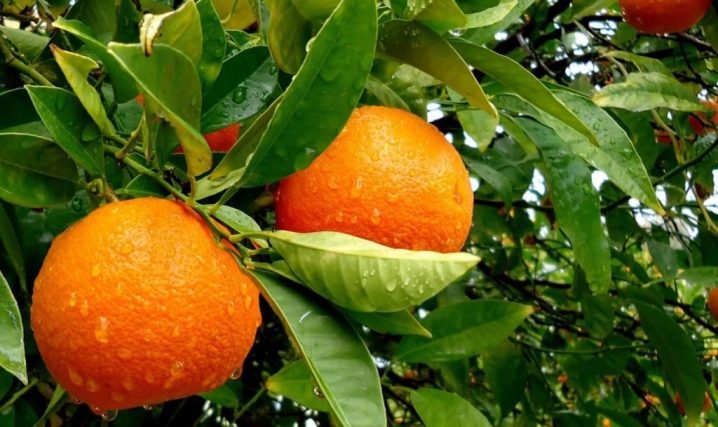
Over time, the initiative to create greenhouses was intercepted by English craftsmen and in the 17th century in England they began to massively reproduce heated greenhouses. It was around this time that greenhouses began to appear throughout Europe. During their construction, glass was used and they were equipped with an internal heating system, water supply and lighting. And the growth of technical progress made it possible to establish mass production of such structures.
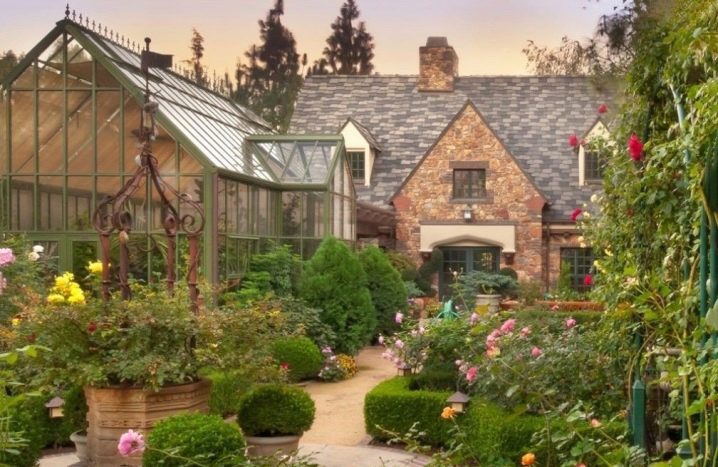
There were several ways to get heat. So, for example, in Oxford, carts with burning coals were placed inside the buildings and changed as they cooled down. Chelsea went further and created an underground heating system for the soil in the greenhouse.
Peculiarities
Today, English greenhouses are used mainly in the construction of winter gardens, as well as for the production of tropical fruits and heat-loving vegetable crops.
Greenhouse designs in the English style are divided into elite buildings and ordinary ones. The first type is distinguished by a larger area, double glazing, and increased strength. In addition, elite greenhouses are equipped with internal heating, which makes it possible to harvest in them all year round, regardless of the climatic zone. The second type is more affordable, but it has single glazing, therefore, it retains heat worse and is intended for more southern climates.
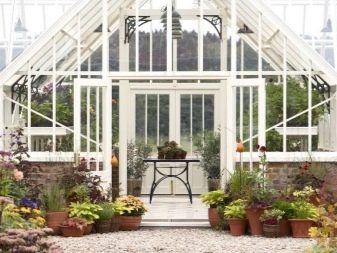
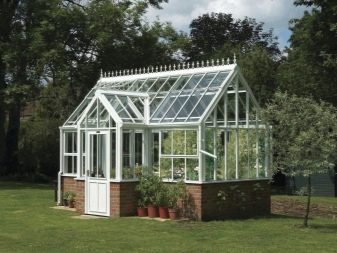
However, both of these types have a number of common features.
- A plinth and foundation are required. In such a greenhouse, the soil layer is above the ground. This circumstance contributes to better preservation of the crop. The plinth makes the appearance of the building more aesthetic and complete, and also protects the beds from drafts. The foundation serves as a kind of barrier between the cold ground on which the greenhouse is located and the beds.
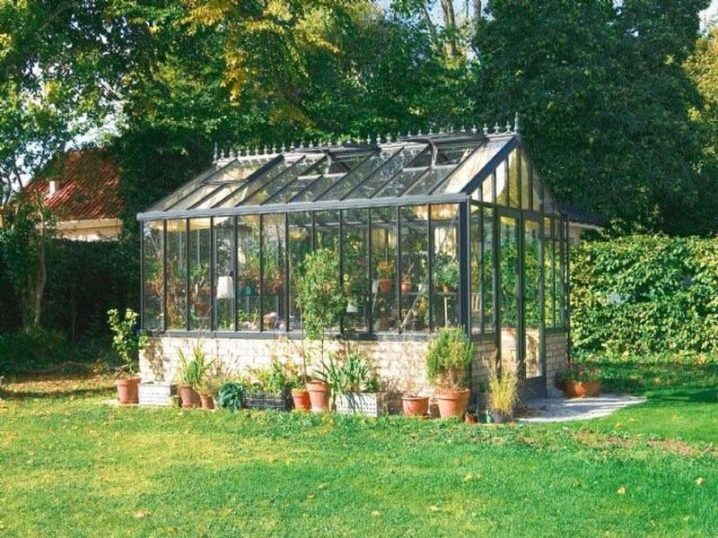
- An English greenhouse necessarily has transparent glazing - single or double, depending on its type. Film designs have nothing to do with this name. Glass allows you not only to preserve the harvest, but also to admire it from the outside. Therefore, in greenhouses of the English type, not only agricultural crops are often planted, but also whole greenhouses and winter gardens are equipped.
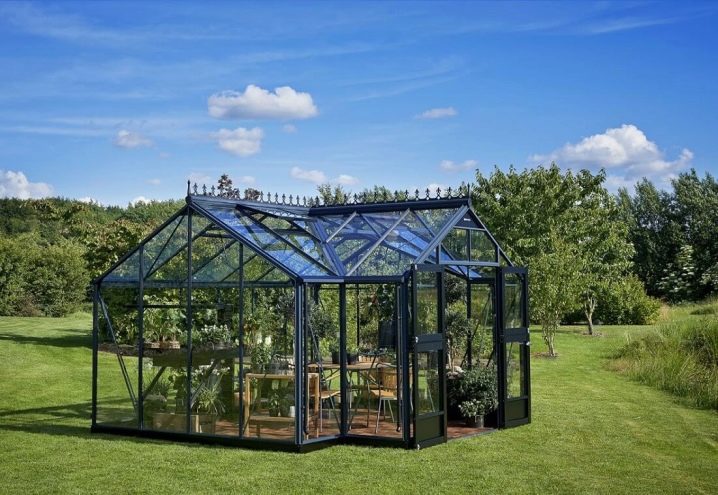
- The roof of the described type of greenhouse necessarily has an angular shape with a double-sided slope. So that leaves, snow and other precipitation do not linger on the roof, the angle of inclination is made from 30 to 45 degrees.
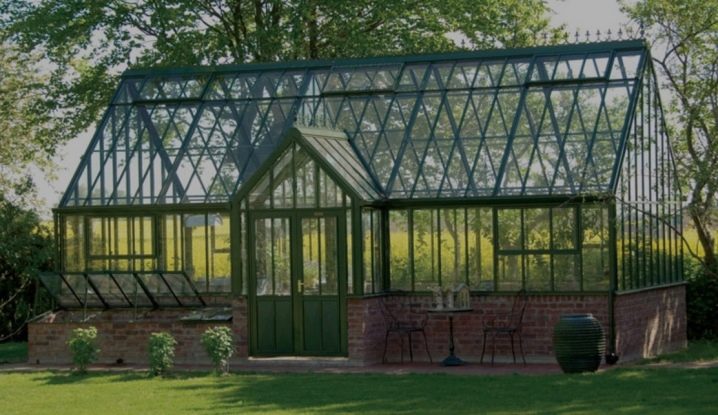
- High walls are another must-see for an English greenhouse. They make it possible to plant shrubs and trees in it. In addition, in a tall greenhouse, it is possible to equip shelves for potted plants.
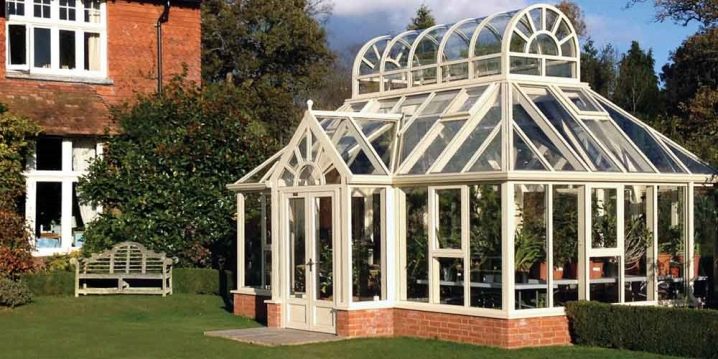
- Sometimes the greenhouse building is part of the general ensemble of the site and an extension of the house itself. In some cases, they even share a common wall.Then you can make a doorway in the wall and go into the greenhouse directly from the house. Usually this technique is used for flower greenhouses and conservatories.
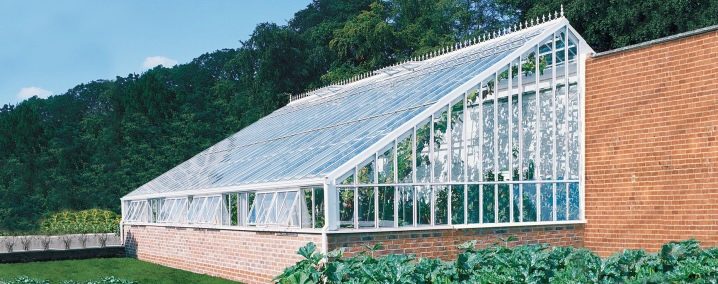
- English-style greenhouses must have high-quality ventilation and irrigation systems. In expensive samples, electronic sensors can be installed that monitor the level of humidity and other parameters.

Advantages and disadvantages
There are many reasons that affect the popularity of such buildings among the general public:
- glass perfectly transmits sunlight, which is so necessary for plants;
- high walls allow you to use the entire space of the greenhouse, and not just its lower part;
- the ability to maintain the specified parameters of the microclimate constantly throughout the year;
- the presence of a foundation increases the strength of the structure being erected;
- with a special roof shape and solid base, the English style structure is robust enough to withstand bad weather conditions.
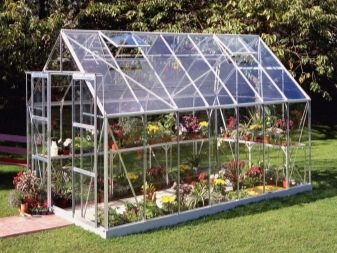
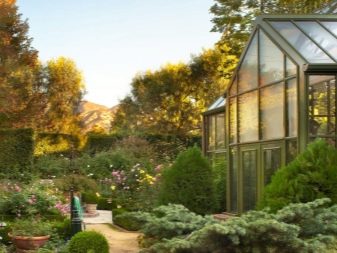

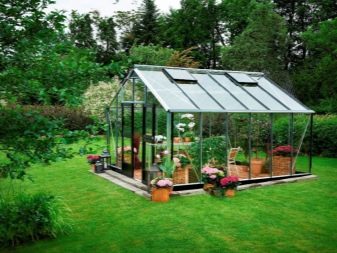
For all its undeniable positive qualities, like any phenomenon or building, a Victorian greenhouse is not ideal.
Let's consider some of the negative aspects of it.
- High cost. Due to the fact that such a design is a complex mechanism for the interaction of several systems at once, it cannot be cheap. Therefore, not everyone can afford it. Therefore, buying a ready-made plant growing system is more suitable for commercial purposes, and amateurs can be advised to try to do something similar on their own - it will cost much less.
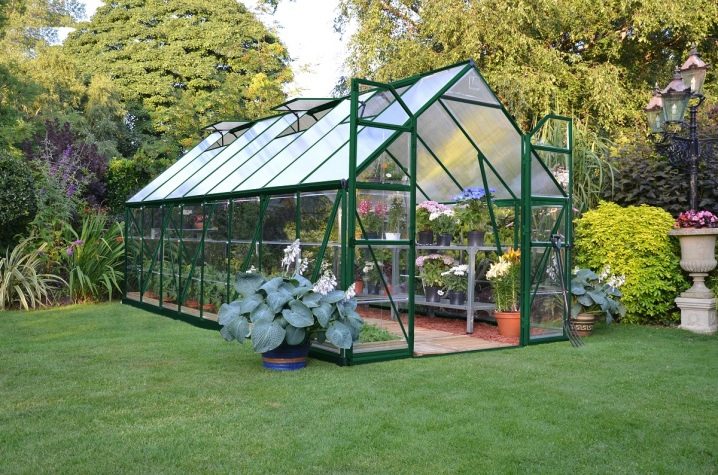
- If ordinary glass is used in the construction of the greenhouse, there is a risk that it will break when it is hit by hail or stones in strong winds. To avoid destruction, it makes sense to choose a structure with impact resistant glass.
- The finished building has a lot of weight due to the glazing, therefore, it needs support. And this requires certain knowledge in the field of construction and entails additional costs.
- The glass surface has the ability to transmit far from all types of sunlight that are necessary for the normal growth of plants, which means that additional lighting is needed.
- Difficulty in leaving. In order to maintain the normal throughput of the greenhouse, it should be cleaned regularly. And washing large glass surfaces, especially those at a height, is rather difficult.

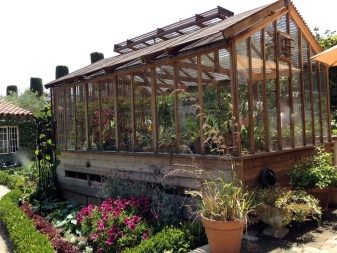
Manufacturing materials
Any greenhouse that claims to be called English must have a solid base, glass transparent walls and a frame.
The foundation, which serves as the basis for the subsequent construction, is usually made of tape and cast from concrete. A brick base is installed on it, and only then the greenhouse frame itself is installed. Without observing all the necessary technologies, the building may not survive the winter and collapse the next year after installation.
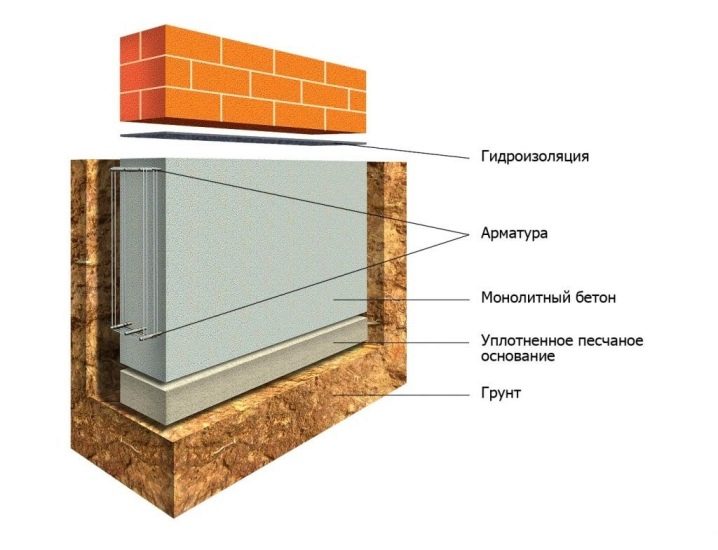
The frame is the supporting part of the greenhouse. The safety of the crop depends on its strength. The frame can be made of metal or wood. For the metal version, an aluminum profile is used. It practically does not need additional care, and its service life can last several decades. Despite the apparent lightness, this material is quite durable and is able to withstand not only glass, but also withstand the weight of snow.

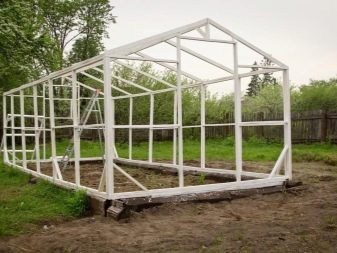
The wooden frame is also quite durable, but it needs constant maintenance - it needs to be painted or varnished every season so that the wood does not absorb moisture and does not rot. To protect the wooden frame from harmful insects, special protective preparations are used. Various types of wood are used for greenhouses. Most often it is oak or walnut. Less commonly, mahogany is used.

Special requirements apply to the glass itself. Several types of glass are used for greenhouses.
- Double. It has a thickness of 3.2 mm and is convenient because you can order a large size, which is necessary for greater light transmission.
- Showcase. Its thickness can be from 6 mm to 2.5 cm. If you want to make a greenhouse in the English version with your own hands, you can buy used display glass from the store owner to be dismantled. Its strength, like its weight, is very high, therefore it requires a particularly strong support.
- Laminated glass is a construction of several glasses, combined into a PVC frame (cage). The space between them is filled with dry air, which retains heat. One- and two-chamber bags can be installed in the greenhouse. The single-chamber package consists of two glasses and is suitable for summer greenhouses. If an insulated version is required, you should choose a two-chamber double-glazed unit, consisting of three glasses.
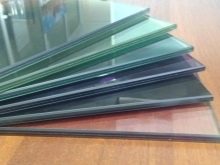

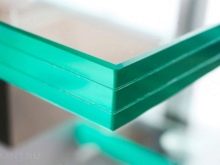
- Strained glass 4 times thicker than usual. When broken, small fragments are obtained, which almost eliminate the likelihood of injury. It cannot be cut, but can be ordered from the factory to the correct size. It is used for the construction of greenhouses in areas where stormy winds are frequent.
- Heat reflective. The uniqueness of such glass is that it transmits infrared rays that are beneficial to plants, but at the same time retains harmful ultraviolet radiation. Its throughput can be around 80%.
- Storm glass consists of two glass layers, between which there is a layer of polycarbonate. It can withstand gusts of wind up to 65 km / h, but its ability to transmit light is somewhat reduced. Moreover, its price is far from democratic.
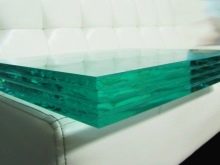

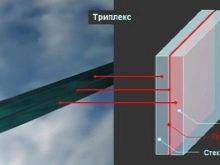
When choosing glass, it should be borne in mind that an excess of light, as well as a lack of it, is detrimental to plants. Therefore, glass with a 10% darkening is considered optimal. Or you can darken it yourself by varnishing it.
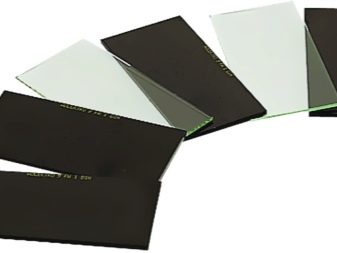

Regardless of whether you purchase a ready-made structure or make it yourself, reliable fasteners and locking mechanisms are needed. And high-quality fittings will give the product completeness and an attractive look.
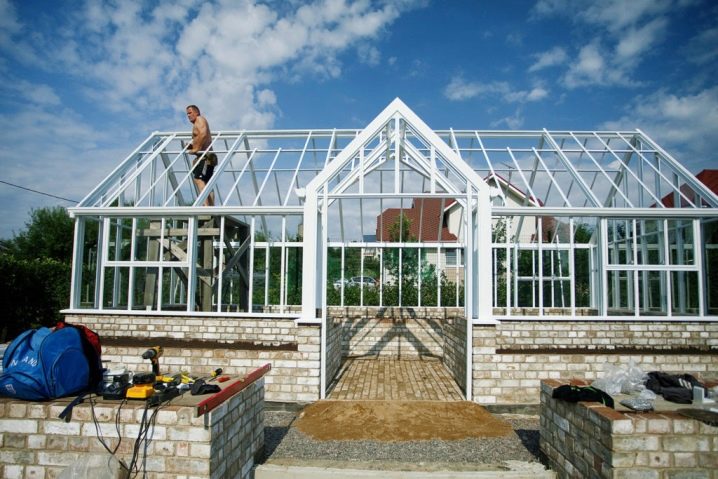
A real English greenhouse must be equipped with a drainpipe. It can be used as a container for collecting water and for subsequent irrigation.
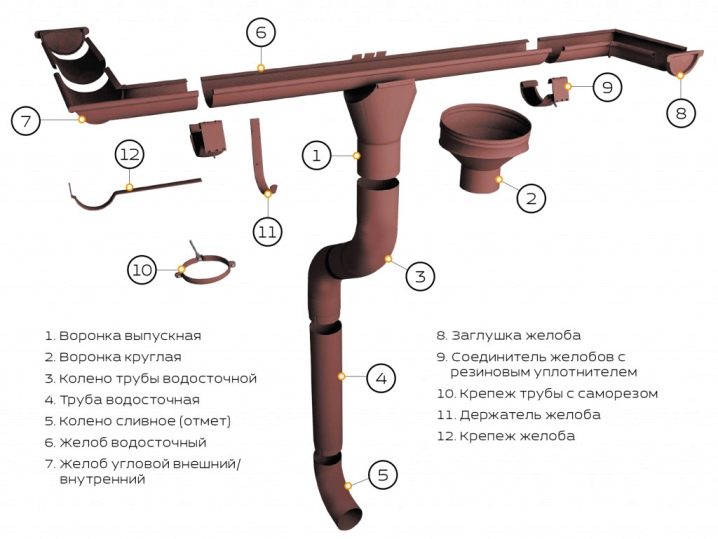
Manufacturers
Modern manufacturers of greenhouses and greenhouses are constantly improving their products and developing projects for new buildings, taking into account the latest achievements of scientific progress. Products of European companies are considered to be of the highest quality. One of these manufacturers is a Danish company Juliana... Greenhouses produced by this company are not only capable of retaining heat. They have the ability to create a special comfort zone for plants, maintain the set values: temperature and humidity, dosed water supply and other parameters.

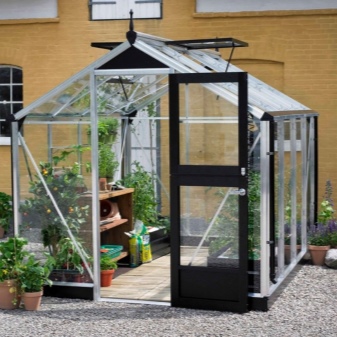
However, in recent years, Russia has also learned to make high-quality greenhouses. For example, a domestic company Britton declares itself as an honest manufacturer that offers quality products that can compete with many European brands not only in price, but also in quality. The uniqueness of its products is that it was created using English technologies, but taking into account Russian climatic conditions.
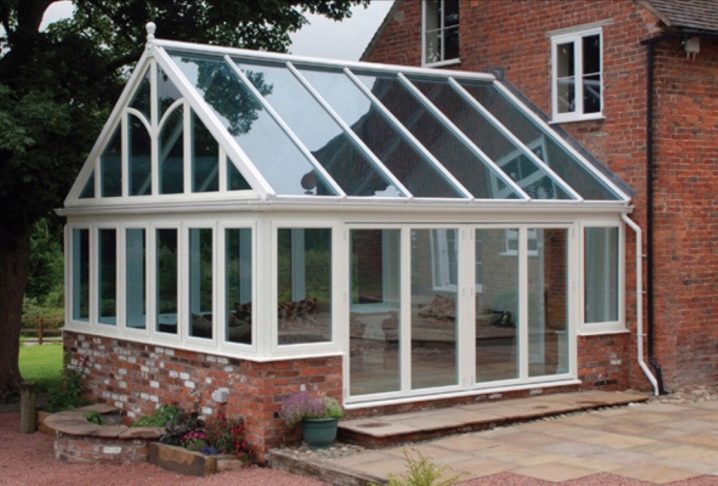
The company is constantly expanding its range and relatively recently released a new product: a greenhouse Maiden with an increased roof slope. Thanks to the extension, the building has an interesting T-shape. This model of the greenhouse has 10 variants of various colors, and the price is several times lower than that of the European counterparts of the luxury class.
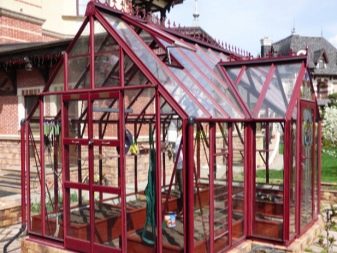
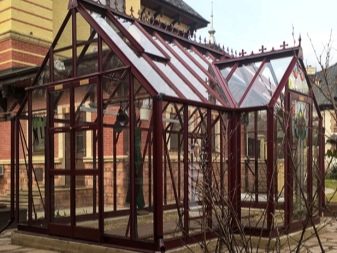
You can watch a small overview about the greenhouses of the domestic company Britton in this video.





























































The comment was sent successfully.